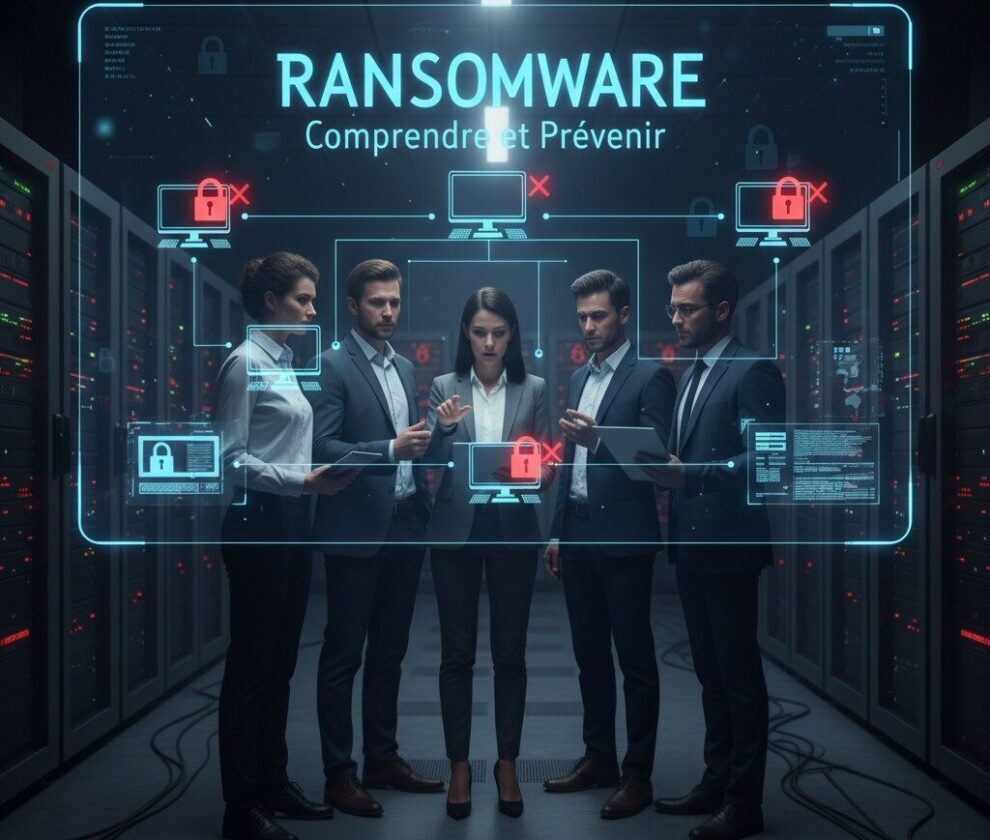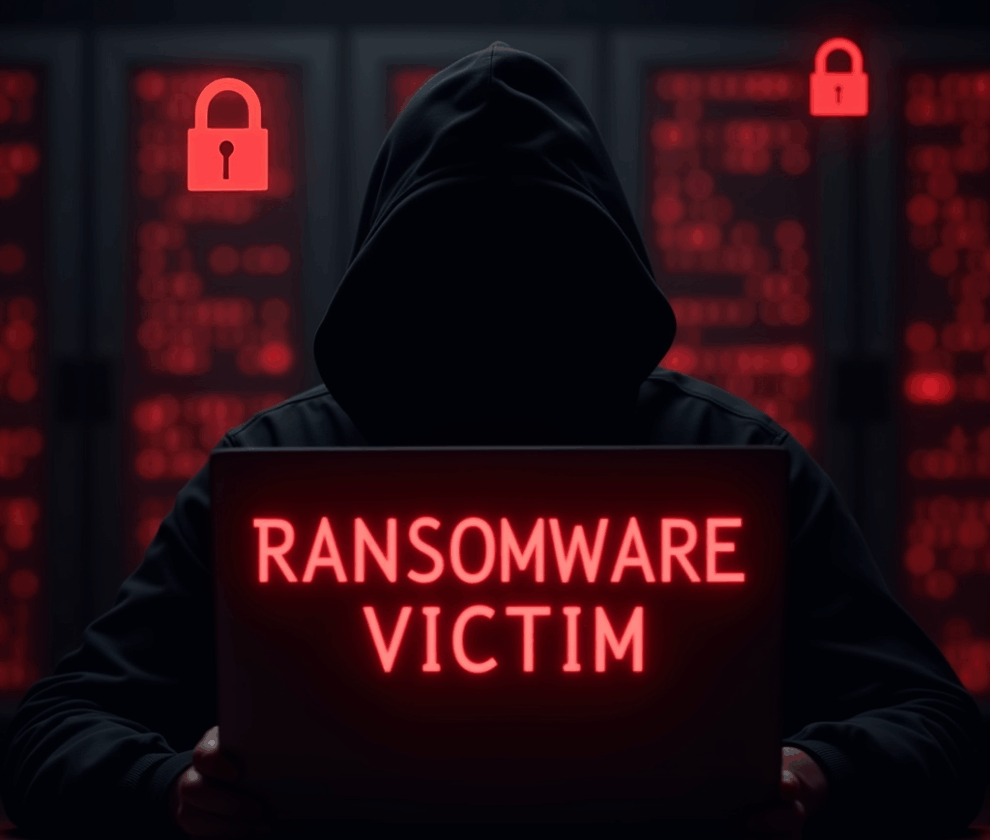Introduction
In recent years, the cybersecurity landscape has been significantly disrupted by the rise of smishing attacks. This term, a blend of “SMS” and “phishing,” describes a deceptive tactic where scammers send text messages aiming to trick individuals into disclosing sensitive information. Although smishing isn’t a new phenomenon, its surge and sophistication have become alarming, as demonstrated by a recent Palo Alto Networks report highlighting the notorious “Smishing Triad.”
In this comprehensive guide, we uncover the intricacies of smishing: how it operates, its global reach, financial ramifications, and actionable steps to strengthen your defenses against this evolving threat.
What is Smishing?
At its core, smishing exploits a versatile and ubiquitous resource: SMS. Cybercriminals send fraudulent text messages, impersonating credible organizations like financial institutions, government bodies, or delivery services. Their aim? To manipulate victims into clicking on malicious links or providing confidential data such as passwords or payment information.
This form of phishing thrives on emotional manipulation. For instance, a text warning of an overdue fine or indicating a pending package can evoke urgency, prompting unwary recipients to act impulsively. Recent campaigns linked to the “Smishing Triad” demonstrate an unsettling level of expertise, with cloned websites nearly indistinguishable from authentic ones, further enhancing their believability.
Key Global Statistics
The scale of smishing is staggering. According to Palo Alto Networks, over 194,000 fraudulent domains were registered specifically for smishing in 2024 alone. This explosive growth underscores the global scope of this threat. Alarmingly, 30% of these domains were operational for only two days or less, and over 70% for less than a week—an intentional strategy to evade detection by cybersecurity systems.
The U.S. Postal Service (USPS) has been one of the most imitated entities, with 28,045 phishing domains targeting its identity. Financial institutions, cryptocurrency platforms, and e-commerce sites are also high on cybercriminals’ radar, given their massive user bases.
The Infrastructure Behind Smishing
Smishing attacks are powered by a sophisticated and collaborative ecosystem, often referred to as phishing-as-a-service (PhaaS). Here’s how these cybercriminal networks operate:
- Phishing Kit Developers: These individuals create and sell the malicious kits needed for crafting deceptive campaigns.
- Data Brokers: These entities provide phone numbers and other personal data, enabling precision targeting.
- Hosting Providers: Fraudulent domains require hosting, often from providers offering less oversight.
- Spammers: They disseminate the malicious text messages on a large scale, ensuring maximum exposure.
This intricate collaboration allows smishing operations to scale quickly while maintaining efficiency and a global presence.
Financial Impacts of Smishing
The economic toll of smishing is immense. Over the last three years, schemes involving smishing have reportedly generated over $1 billion in illicit earnings. These funds don’t just enrich the perpetrators—they fuel other criminal activities, including money laundering and stock market manipulation.
For example, stolen brokerage account credentials have been leveraged in pump-and-dump schemes. By artificially inflating stock prices, malicious actors can sell off holdings for a profit before the market adjusts, leaving victims to shoulder the losses. A recent Fortra report highlights how deeply intertwined smishing is with such broader schemes.
How Can You Protect Yourself?
Staying vigilant and adopting proactive security measures can significantly reduce your exposure to smishing threats. Consider these key steps to protect yourself:
- Don’t Click Suspicious Links: Avoid clicking on unfamiliar links sent via SMS, even if they appear to come from a recognized entity.
- Verify the Source: Contact the organization directly to confirm the legitimacy of the message before acting.
- Utilize Mobile Security Software: Enable software capable of identifying and blocking malicious links on your devices.
- Pay Attention to URLs: Scrutinize links for slight discrepancies, such as misspellings or unusual domain extensions, which can indicate phishing attempts.
Conclusion
Smishing is not just a trivial annoyance—it represents a growing, organized cybercrime industry with devastating consequences for individuals and organizations alike. As campaigns grow in frequency and sophistication, vigilance and awareness are more critical than ever.
By understanding the mechanics and implications of smishing, you arm yourself with the knowledge to recognize and prevent these attacks. Whether you’re a concerned individual or managing a business, adopting robust cybersecurity practices is essential to staying ahead of this pervasive threat.
At Lynx Intel, we specialize in helping businesses and individuals strengthen their cybersecurity defenses. Let us assist you in navigating today’s complex threat landscape. Feel free to reach out for an expert consultation!


